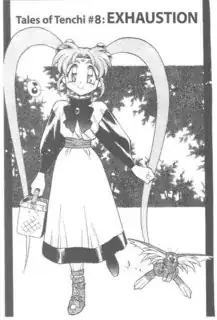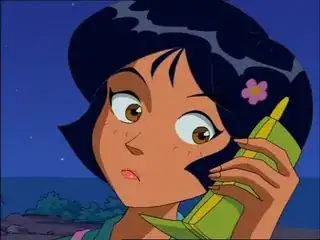This is what is implied to be a blush or flushed cheeks. Its meaning outside Japanese media may be a bit skewed depending on the source.
A blush is a still called a blush in Japanese. Rarely are there specialized terms for common expressions such as blushes. There may be specific types of blushes for specific circumstances. The nature of using lines to depict blushed is a stylistic, and varies between artists. Some use shading, others use lines, some use ovals. The reason for the blush is usually an implicit one, where the audience is intended to read to mood. It might not always be as clear to the audience, but that's a matter if execution by the author or artist.
The type of blushing often seem on separate cheeks is what can be referred as a "persistent red-face(i.e. flushed face)" (終始赤面) as with many manga and anime iconography, their meanings are implicit based on the context of the situation. The character may be blushing or have flush cheeks for a variety of reasons. The blush might be because they are a cheery person with rosy cheeks, there character maybe slightly embarrassed, the character maybe have a flushed face to to being happy about something, or the character might be flushed have a high temperature from a fever or running around.
There are no set rules, as it often at the whim of the style of the author or artist. Good authors and artists are able to better convey thing to their intended audiences. There is no "one size fits all" solution here.
It's implicitly understood by Japanese reader as such, because its an often seen trope in anime and manga-related media and has been for many generations. To Western audiences, not well versed in the iconography, theses seem to be weird, quirky, and/or exotic bit that may be hard to grasp for those not well in inferred literary devices certain authors use to convey context or emotion. Not everything is black and white and set it stone, especially if you want a deeper characterization and plot from your preferred form of media.

